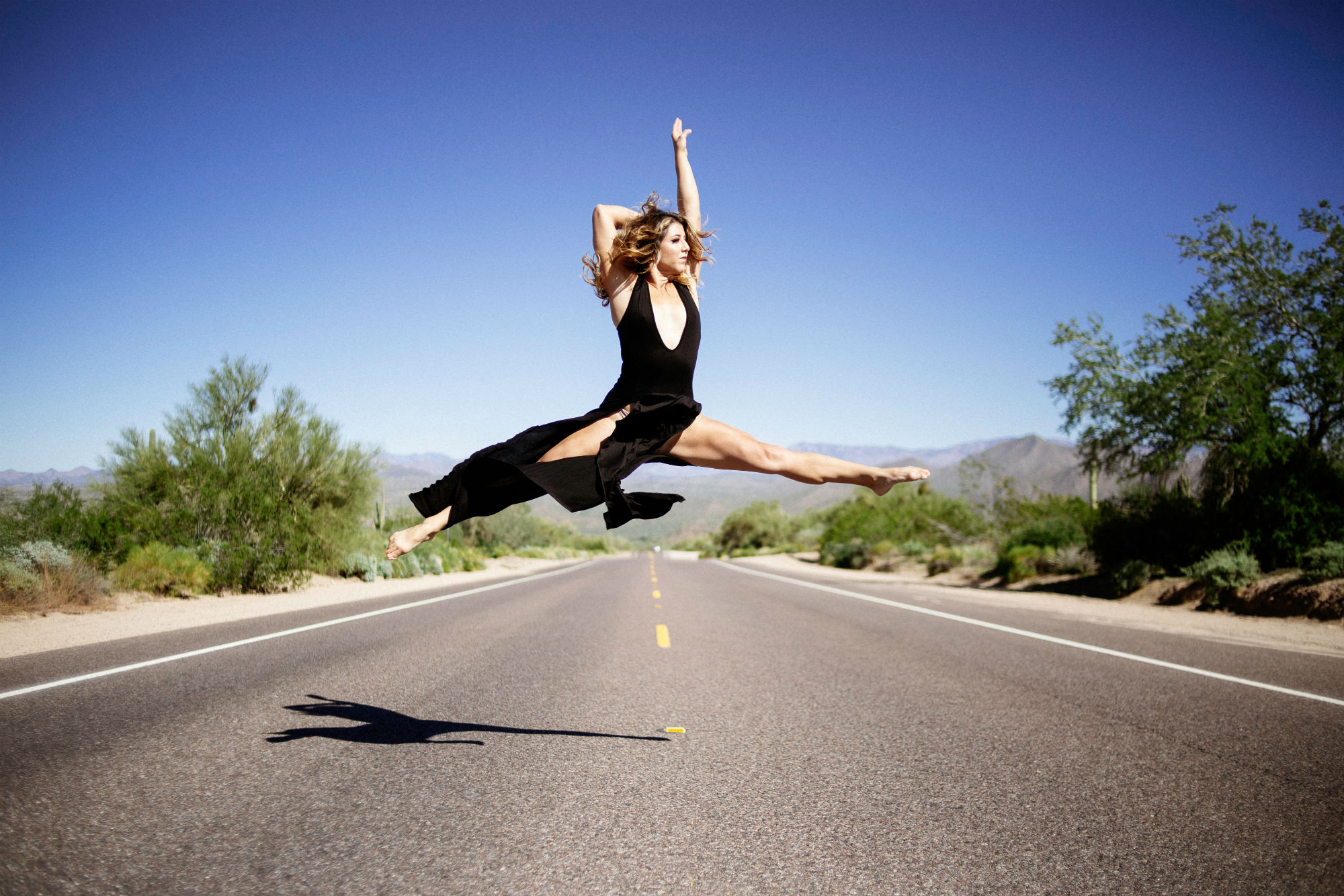If you’ve ever worn a cast or moon boot to recover from an injury, you’ll remember the stiffness you felt when the brace was removed. During immobilisation, fibrous connective tissue (fascia) bundles form and stick together, like a stiff web. Once healed, you would have been prescribed exercises to ‘melt’ these bundles, and restore mobility and movement to the joint.
Fascia is a type of connective tissue, mainly comprised of collagen, that intertwines and connects everything in the body. It surrounds muscles, bones, nerves, organs and skin. Think of it as a semi/non-stretchy glad wrap that encompasses these structures.
Releasing fascia can be a key factor in the treatment of chronic aches and pains, injuries and restrictions. And, importantly for dancers, it improves flexibility and mobility.

The good news is that there are many different ways to release fascia, although some will work better than others depending on the area you target. Your therapist may suggest the use of:
- tennis balls
- golf balls
- foam rollers
- cupping
- trigger point dry needling
- massage
- therabands
- shockwave
- one body part resting on another in the correct position
Move your body
Day-to-day activities keep our fascia limber and mobile. When you reach for the Vegemite jar on the top shelf of the pantry, you will feel the stretch and release through the side of your body. When you hang the washing on the line, or wipe the bench, you can feel the tension release across your back and through your shoulder, maybe even slightly into your hamstrings. Without the restriction of pain or injury, we generally just need to keep moving to stay mobile and flexible.
Drink water
Hydration is a major factor in keeping your fascia lubricated. As water travels through this spidery, collagen web it will prevent stiffness and keep your body moving freely. So, remember to drink water frequently throughout the day.
Stretch correctly
In the dance world, the days of holding a static stretch for 30 seconds is long gone. Remember chatting to friends, waiting for your class to begin while sitting on the floor of the studio – legs out wide in second, elbows on the ground, chest close to the floor, hands under your chin? Or holding a deep lunge for 30-40 seconds to stretch out your hip flexor? Usually, when you come out of this type of ‘stretch’ you don’t feel much better or more flexible. That’s because these movements are not functional or kind to the body.
A good warm up should work on getting the body prepared for what you are about to do. Move in different directions, stimulate blood flow and mobilise that fascia. Reach, roll down, lean and push.
People need to manipulate, move and melt fascia to get strong, limber bodies. If you work on stretching your fascia as well as your muscles, you will actually accelerate your results.
If you’re concerned that your plié isn’t as deep, your turnout isn’t as flat, or your grande battement isn’t as high as they could be, consider your fascia. Look at the way you are training and re-evaluate your strategies for increasing mobility and flexibility. A dance podiatrist with a strong knowledge of anatomy can work with you to teach techniques and exercises you can do at the studio or home, and will create a plan to work towards your desired result. You may find that focussing on one area (which you may not even be aware of) will actually release another. Don’t think of your body in segments; to achieve optimal performance, it’s important to consider all the pathways and connections that constantly work together to create optimal movement.








0 Comments